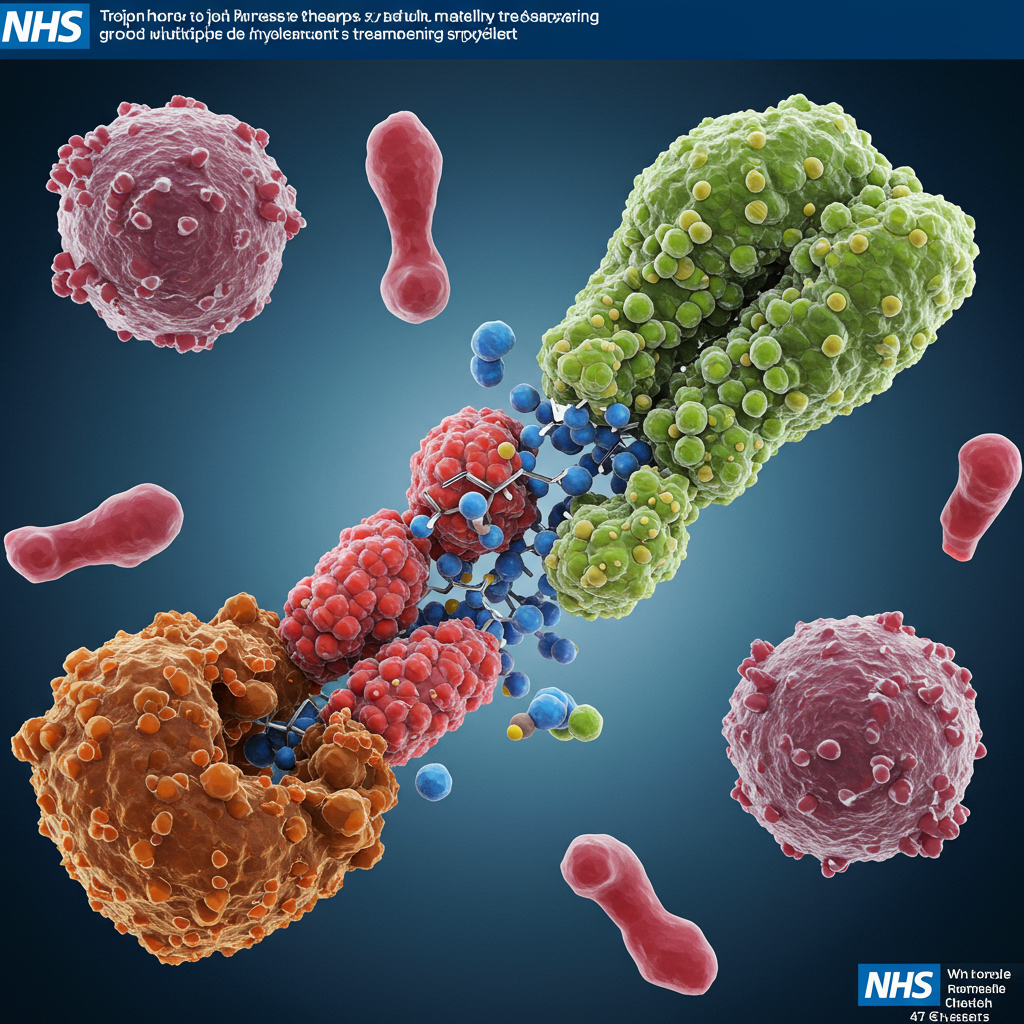It’s a familiar phenomenon: spend a few minutes soaking in the bath or pool, and the skin on your fingertips and toes transforms into a landscape of wrinkles, looking distinctly like prunes. This peculiar reaction isn’t just a cosmetic curiosity; it’s a fascinating biological response that scientists have studied for decades, revealing insights into our evolution, grip, and even our health.
For a long time, the prevailing theory was simple osmosis – water flooding into the skin cells, causing them to swell and buckle. But as far back as the 1930s, doctors noticed something odd: patients with certain nerve injuries in their hands didn’t experience this wrinkling. This crucial observation hinted that the process was far more complex than passive swelling; it was an active, controlled response mediated by the nervous system.
The Science Behind the Prune Effect
Modern research confirms that water-induced wrinkling is indeed regulated by the sympathetic nervous system, the part of our nervous system responsible for involuntary actions like sweating and regulating blood flow. Here’s how it works:
- When your hands are immersed in water, water enters the outermost layer of skin, particularly through sweat ducts.
- This influx of water creates an imbalance of salts in the skin.
- Nerve fibers in the fingers detect this change and send signals.
- These signals trigger the constriction of tiny blood vessels just beneath the skin’s surface in the fingertips and toes.
- As blood flow reduces, the fleshy pulp of the fingertip loses volume.
- The overlying skin, anchored to the underlying structure, is pulled downwards by this volume loss, causing it to distort and fold into wrinkles.
This neurological control explains why wrinkling only occurs on fingers and toes – these areas are packed with the specific nerve endings and blood vessel networks involved in this response. It also explains why nerve damage, such as severance of the median nerve (which runs down the arm to the hand and helps control sympathetic functions), can prevent wrinkling.
Consistent Patterns and Forensic Potential
While the mechanism is well-established, a recent study delved into another intriguing aspect: are the patterns of these wrinkles random, or do they follow a consistent blueprint on an individual? Researchers at Binghamton University investigated this by having participants soak their fingers and taking detailed photographs of the resulting wrinkles. When they repeated the process 24 hours later, they found that the specific patterns of peaks and valleys forming the wrinkles were remarkably consistent on the same fingers each time.
Why the repeatability? Scientists propose it’s because the network of blood vessels responsible for the constriction, while capable of minor shifts, remains relatively static in its position within the finger. Since the skin is being pulled down by the same underlying structures, the resulting surface pattern repeats. Although this study involved a small sample size, the finding suggests that water-induced finger wrinkles could potentially serve as another unique, repeatable biometric marker, possibly useful in forensic science for identification in water-exposed environments.
An Evolutionary Advantage: Improving Grip?
Since wrinkling is an active biological process, it strongly suggests there’s a reason for it. The leading theory is that these temporary wrinkles evolved to give us a better grip in wet conditions, acting much like the treads on tires that channel water away to improve traction.
Studies have tested this hypothesis. One experiment found that people with wrinkled fingers were significantly faster at transferring wet objects (like glass marbles and fishing weights) underwater compared to those with unwrinkled, wet fingers. There was no difference in handling dry objects with wrinkled or unwrinkled hands, suggesting the benefit is specific to wet environments. Another study measuring grip force found that wrinkled fingers increased friction, allowing people to grip wet objects more securely with less effort. This could have offered our ancestors a crucial advantage when navigating wet terrain, gripping slippery branches, or foraging for food in watery environments.
Lingering Questions
Despite these findings, some mysteries remain. Why are the wrinkles temporary? One idea is that a permanently wrinkled state might alter sensation, as our fingertips are incredibly nerve-rich, or perhaps make them more vulnerable to injury. Other baffling observations include differences in how quickly women and men wrinkle, and why saltwater causes less pronounced wrinkling (likely due to a smaller salt imbalance triggering a less dramatic nerve response).
What Your Pruney Fingers Can Reveal About Your Health
Beyond evolutionary debates, the way your fingers wrinkle can offer surprising clues about your current health. Because the process is controlled by the nervous system and involves blood vessel regulation, disruptions in these systems can affect the wrinkling response. Observing abnormal wrinkling patterns can sometimes prompt doctors to investigate underlying conditions:
Nerve Damage: As noted, damage to sympathetic nerves, such as from injury or conditions like Carpal Tunnel Syndrome, can cause fingers to not wrinkle at all.
Type 2 Diabetes: Some individuals with type 2 diabetes show a significantly reduced or delayed wrinkling response.
Cystic Fibrosis: Patients with cystic fibrosis, and even carriers of the gene, may experience excessive wrinkling, sometimes extending beyond the fingers to the palms.
Cardiovascular Issues: Reduced wrinkling has been observed in people with certain heart problems, possibly linked to impaired blood vessel control.
Skin Conditions: Conditions affecting skin structure, like psoriasis and vitiligo, can sometimes delay or alter wrinkling.
Parkinson’s Disease: Asymmetrical wrinkling (one hand wrinkling less than the other) has been suggested as a potential early sign of Parkinson’s, indicating that the sympathetic nervous system might not be functioning correctly on one side of the body.
While these are just potential indicators and not definitive diagnoses, an unusual or absent wrinkling response is something a doctor might consider alongside other symptoms.
So, the next time your fingers prune up in water, remember it’s not just passive swelling. It’s a complex, active biological process tied to nerve function, blood vessel control, a potential evolutionary advantage for grip, and perhaps even a subtle signal about your overall health.




